Recombinant Human EGF, 1.0 mg
د.إ 1,952.75
24 people are viewing this right now
Available on backorder
Description
Reviews (0)
Questions
Description
Specifications
| Description | Epidermal growth factor (EGF) is a small mitogenic protein that is thought to be involved in mechanisms such as normal cell growth, oncogenesis, and wound healing. This protein shows both strong sequential and functional homology with human type-alpha transforming growth factor (hTGF alpha), which is a competitor for EGF receptor sites. EGF receptors are expressed in almost all types of tissues. Parietal endoderm, mature skeletal muscles, and hematopoietic tissues do not express the receptor. The EGF receptor, designated HER1, is a 170 kDa transmembrane glycoprotein with a length of 1186 amino acids. It is identical with a previously described glycoprotein called SA-7 (species antigen 7). The extracellular receptor domain has a length of 621 amino acids, including 11 glycosylated asparagine residues and 51 cysteine residues. This domain contains the EGF binding site and also binds mammalian TGF-alpha. |
| SKU | Z100139 |
| Unit quantity | 1.0 mg |
| Family | EGF Family |
| Aliases | BRCACOX, BRCOX |
| Gene Symbol | Acox2 |
| Gene ID | 1258 |
| Accession Number | NM_053115 |
| Source | E. coli |
| Species | Human (H. sapiens) |
| Appearance | Lyophilized Powder |
| Molecular Weight | 6.5 kDa |
| Endotoxin Level | <1.0 EU/µg of recombinant protein as determined by the LAL method. |
| Purity | >95% as determined by SDS-PAGE |
| Formulation | Recombinant Epidermal Growth Factor was lyophilized from a 0.2 μm filtered solution in PBS. |
| Function | The ED(50) was determined by the dose-dependent proliferation of HeLa cells and was found to be <2ng/mL. |
| Reconstitution | A quick spin of the vial followed by reconstitution in sterile distilled water to a concentration not less than 0.1 mg/mL. This solution can then be diluted into other buffers. |
| Storage | The lyophilized protein is stable for at least one year from date of receipt at -70°C. Upon reconstitution, this cytokine can be stored in working aliquots at 2° – 8°C for one month, or at -20°C for six months, with a carrier protein without detectable loss of activity. Avoid repeated freeze/thaw cycles. |
| Usage | For research use only. Not for diagnostic or therapeutic use. |
There are no question found.


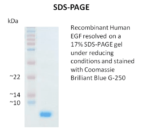

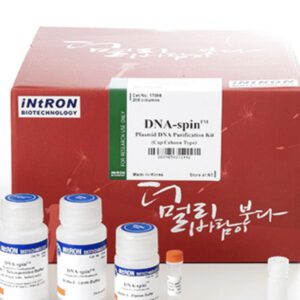
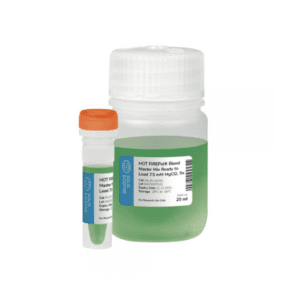
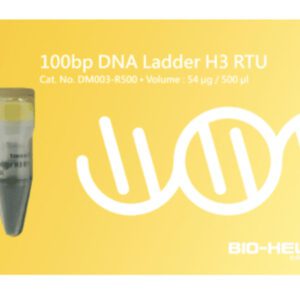
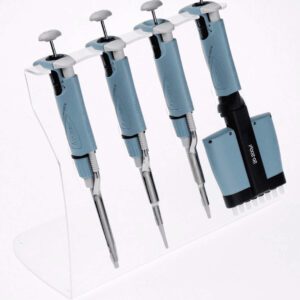


Rating & Review
There are no reviews yet.